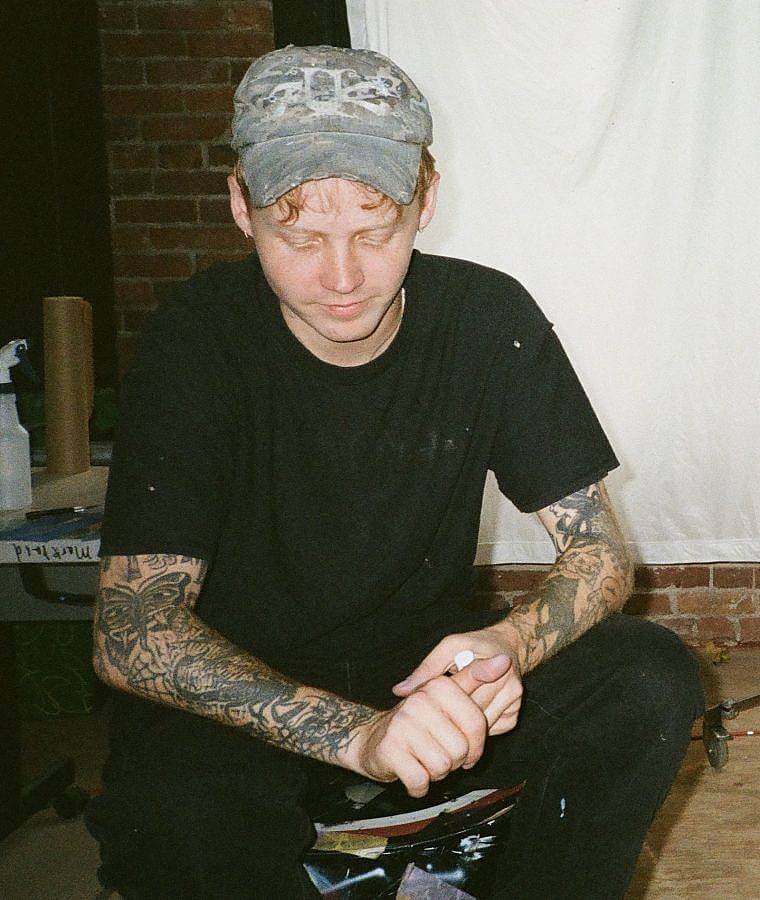Tell us a little bit about yourself and what you do.
I’m a painter and multimedia artist based in Seattle. I grew up here too, but I lived in Bellingham, Washington for 5 years while I went to school.
How were you introduced to the mediums that you work with?
I’ve drawn for as long as I can remember. And in high school I was really into film photography and graffiti, which is a huge reason I ended up being so interested in art making as I got a little older. There was a period of time where I made music too. I think I just tried a variety of modes of expression until I was introduced to airbrush by my friend Jesse Martinez and it stuck. His work, as well as artists like Chito, Mario Ayala, Nathan Harris, Aaron Jupin, and Jamian Juliano-Villani were some of the first examples of contemporary airbrush work that I was exposed to, which also helped to shape a lot of my taste. All of those people are still on my list of all-time favorite artists. I’m open to any medium, though, and I’m a fan of art of all kinds. In fact, these days I find that the art I’m most excited about looks nothing like my own.
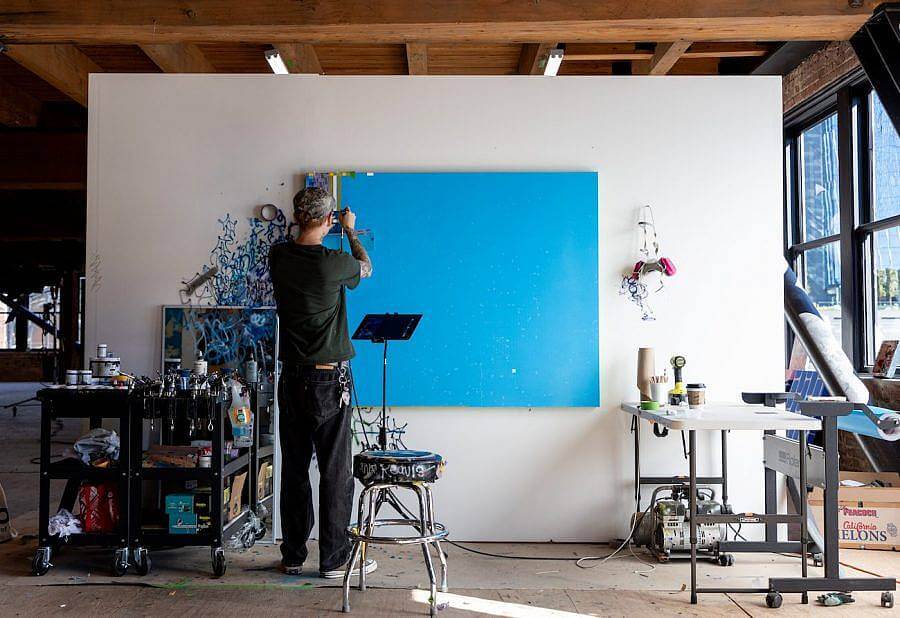
Describe your current studio.
I actually just moved into a new shared studio in Pioneer Square, which is one of the oldest neighborhoods in Seattle. The space is essentially a massive floor in a newly developed historic building that’s been vacant since the pandemic, barring maintenance, security and construction workers. I was connected through this job stretching and priming 50 or so canvases in the same space, ranging in size from 18×24” all the way up to 9×12’. They’re building an arts hotel next to the studio, and the company commissioned artists from all over the world to come create the work on site. So once the canvases were done, I kind of just kept working there. This is also the first time I’ve ever had a studio that wasn’t in my bedroom or a garage.
Do you have any rituals when you arrive at your studio?
When I’m in the middle of a frustrating painting, I’ll dive straight in as soon as I walk into the studio because something has been bothering me the entire time I’ve been elsewhere. I have to fix it immediately otherwise it drives me crazy. But then after that I sort of slow down to a normal pace.
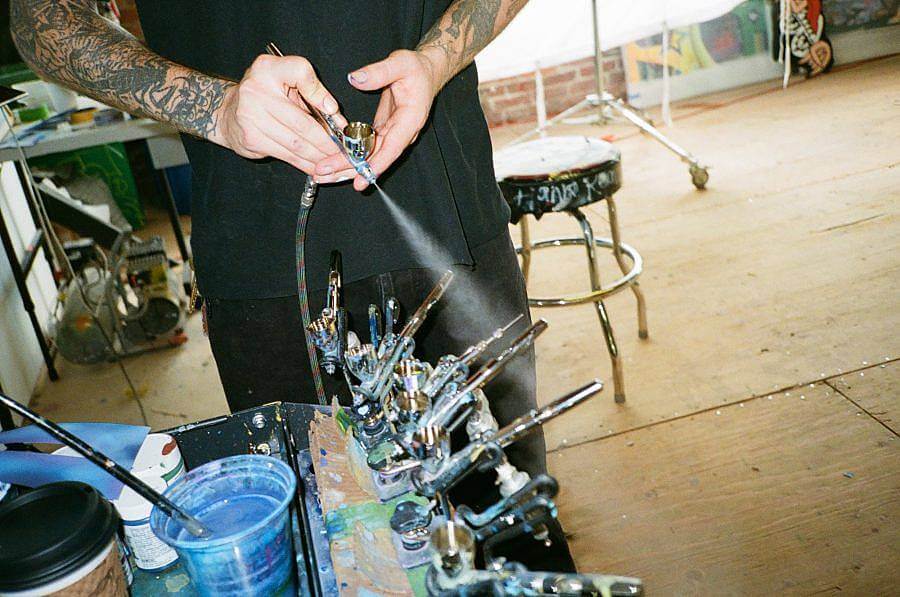
I also listen (almost exclusively) to news on the radio when I’m at the studio. This is probably gonna sound insane but I can’t listen to music and work productively unless someone else is djing. Even a podcast is too much decision making and I gotta switch it if it’s not a good one. I prefer the radio because I don’t get to control what’s being covered and it’s a good way to stay connected to the world, even if it’s passive. I went to this artist talk with Ed Bereal in college and he mentioned that he would just play mainstream media on TV in his studio all day at max volume, and I couldn’t get over how psychedelic sounding that was. His work is highly political, so it makes total sense, but it’s funny because now that I do something sort of similar in the studio, I’ve found global themes creeping into my otherwise personal work.
What is your experience working in Seattle, away from coastal art hubs like New York or LA?
I love Seattle, especially right now. A lot of my work has to do with processing memory, which for me is obviously rooted in Washington State. I find it really helpful being here, looking at my surroundings or being reminded of things from my past by visiting a neighborhood I haven’t been to in a while. I especially like going to the Olympic Peninsula. I think that whole piece of land is my favorite place on earth. I do, however, also love LA and New York. I’m trying to go to New York at least once a year, and LA a few times cus it’s closer. I just don’t really see myself living in either, at least right now. Maybe LA. Most of my best friends moved to one of the two cities. There’s definitely a lot more opportunity as an artist in those places, as well as so much amazing art to see, which I feel is hugely important to your development as an artist. With the internet, things feel a bit more connected, and in a way that I would like to think opens a few more doors.
Something interesting I heard recently from a friend who lives in New York is that, of all the transplants who moved there, the people from Seattle are the only ones who don’t shut up about how awesome their hometown is. Everyone else talks shit about where they’re from.
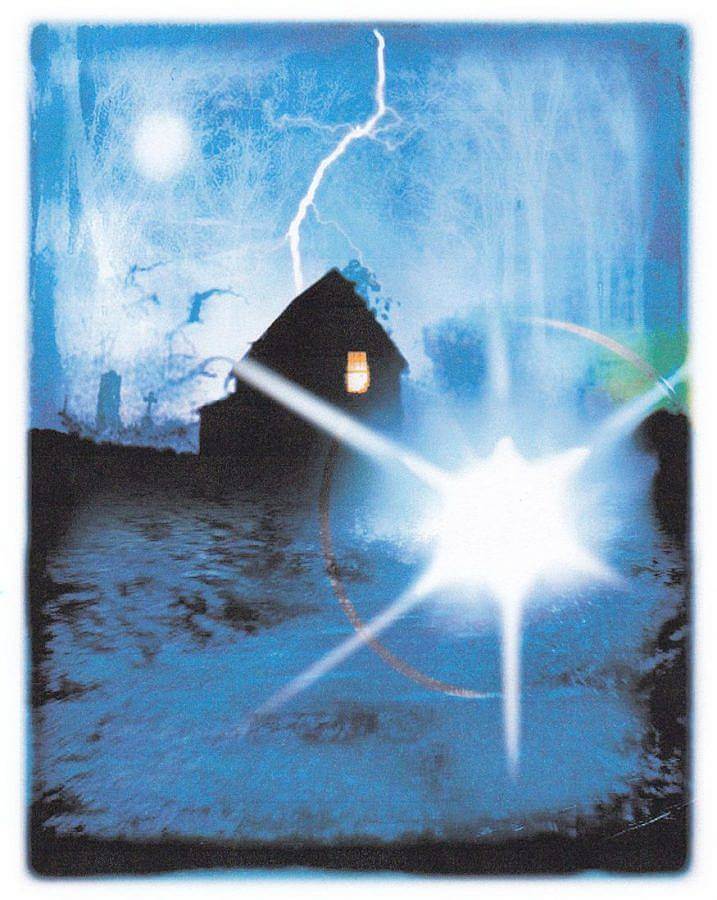
How does your creative community now differ from the creative community you had when you were younger?
We had somewhat of a mini outsider movement in Seattle during 2014 / 2015, where this gallery called Pipsqueak would host these big group shows. There were probably 3 in total with this specific group, and something like 30 artists per show. The space itself is pretty small, so most of the time it ended up being salon style, packed with all kinds of stuff, mainly just people experimenting with a variety of materials. Everything from Shrinky Dinks to zines, clothing, paintings, music and video. The shows were definitely awesome. I hung my first painting there, which was a drama mask drawn with a whiteout pen.
I’d say now things just feel a bit more organized. The same people who showed work at Pipsqueak are doing crazy stuff all over the world. And I still see some of these people every day. But a lot have moved too, so a good chunk of my in-person creative community is from somewhere other than Seattle, which is cool in a whole different way.
I often work with this arts organization here called ARTXIV and they put together a ton of what’s happening in the city, from shows to fairs. My friend Dom runs it. He used to host this residency program in an old plywood mill, and I was lucky enough to create a cohesive body of work in that space. It was a hugely pivotal moment for me in regards to my trajectory into the arts, and certainly the reason I started taking my practice more seriously.
Speaking more broadly, there’s all this post-pandemic unused retail/office space in downtown Seattle that’s currently being occupied by artists (similar to my building) so oddly at a time when Seattle is at its most expensive, there’s a surplus of workspaces available, many of them for free. It feels like the one silver lining for artists here, financially speaking.
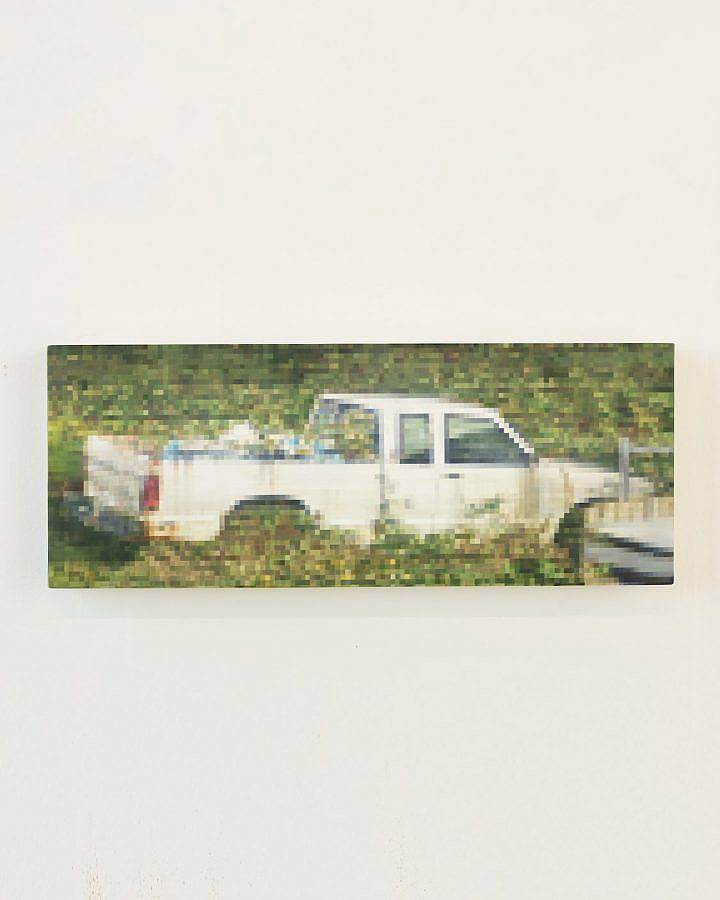
Can you talk about your process for developing your series for [Secret Lair]? Where do you source your imagery and what are you looking for? What is the context in which you see these scenes set?
I source a lot of my imagery from Google Street view, YouTube screenshots, and a bunch of photos from the last 10 or so years that I’ve taken of places/people/textures. Each one of those digital collages is like hundreds of layers. Usually I don’t have a strict plan in mind for the composition, but there will be a piece of some photo that I’m excited about and I’ll start there. For that Magic the Gathering project, the only parameters I had were the environments themselves (swamp, planes, mountain, island, and forest). Gage Lindsten brought me on via Braindead, and not only gave me total creative control, but he fought super hard to get all my ideas approved. And he did an epic set of lands as well. I tried to keep it pretty Washington so for each category I just thought of a place here that resembled the landscape. So it’s Mount Rainier in mountain, and it’s the Hoh Rainforest in forest, etc.
Once the composition seems final in Photoshop, I print them with a really shitty inkjet printer. Like, the cheapest one I could find. This process works to ‘average’ the resolution of all the different pieces, making one cohesive image. It also imbues them with a film grain quality that I think adds something, especially in the dystopian landscapes.
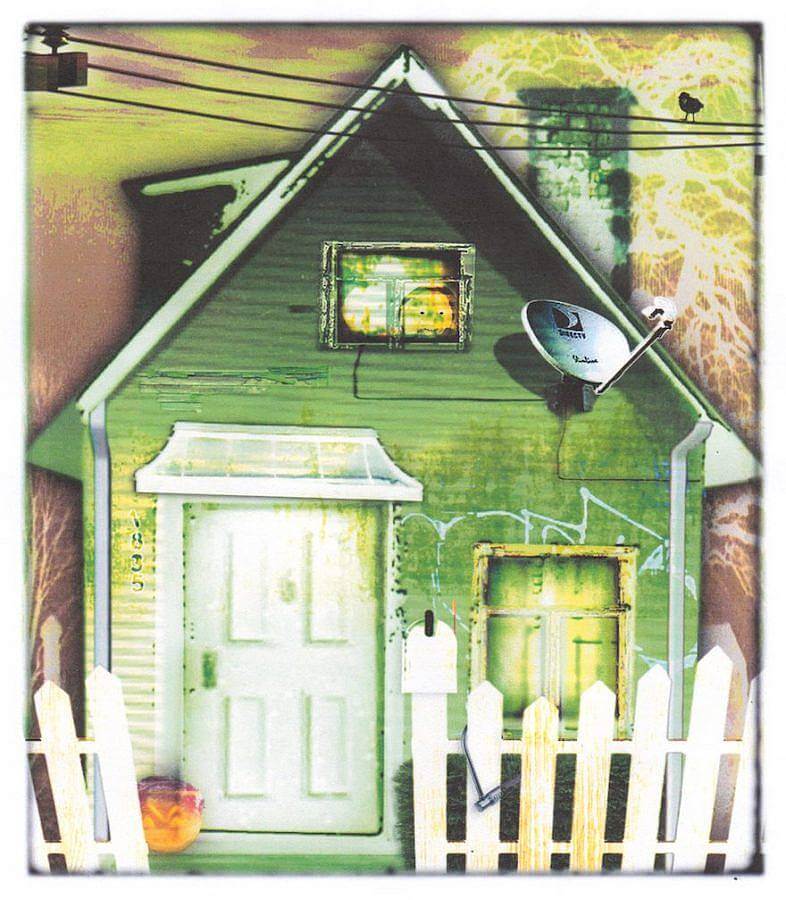
Does the kind of imagery you reference for airbrush works differ from the imagery that you reference for works in other mediums?
It used to, but I’m trying to bridge that gap a bit. I had this excruciating two-year internal dilemma with painting where I basically made an entire 360° in my stance from 2022 up until now. Straight up, if you were to ask me a year ago, I would say I’m over it. I also couldn’t shake this feeling that it was a super inefficient way of communicating your ideas. To be clear, I still fully enjoyed other people’s paintings, just not my own. I think I was ridiculously fatigued to begin with, but it turned into something more complicated than that. And it led me to start exploring digital collage more, because in my head, I was like, “if I can make this look exactly how I want it to look on the computer, then why do I need to paint it?” Like, what am I really proving? That I’m capable of painting something realistic? What am I adding to the conversation that doesn’t already exist in the reference? And if anything, I wasn’t technically capable a lot of the time, so often I ended up diluting the imagery to make it paintable. The whole approach just started to feel like a flexy gimmick that I was executing poorly at times.
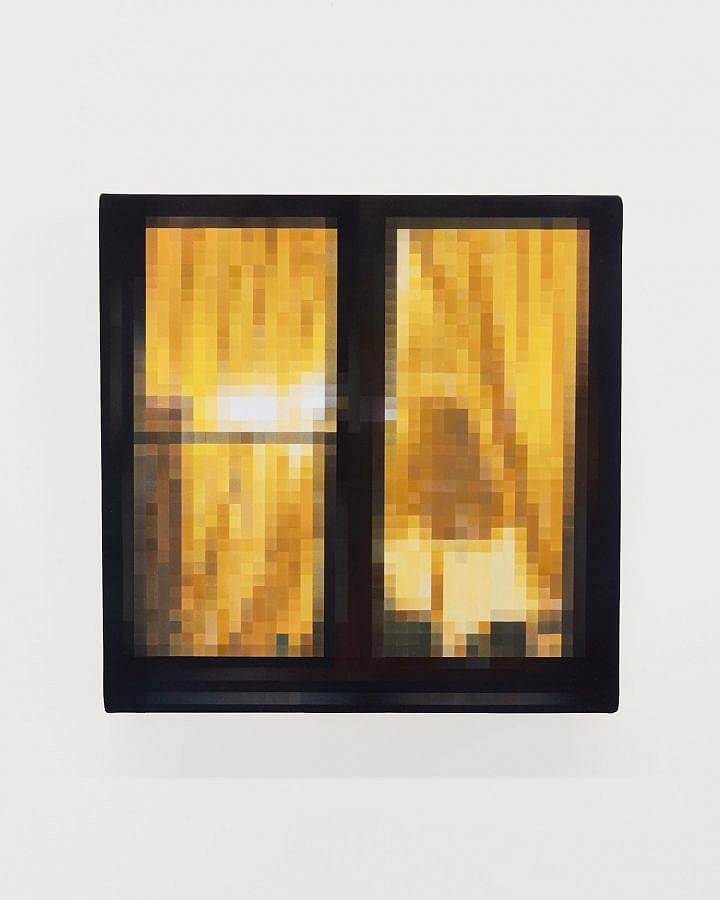
But now I love painting again. I think what I realized is that I don’t have to be efficient about communicating anything at all. In my opinion, the goal of painting, or really art making as a whole, isn’t to be clear or even understood unless that’s what you want it to be. These days I’m more interested in human expression and if anything, taking a roundabout, backwards approach feels even more appropriate. That’s why I’m making these pixel paintings. I’m breaking down the images I actually want to paint without having to compromise on subject matter, and then airbrushing each cell one by one. And in a weird way, it’s a really unadulterated way to paint because all I’m thinking about is color and value. When I started down this road, I kept telling people I was trying to loosen up a bit, as in to move away from hyper-representational painting, and somehow I ended up with this simple, yet much more restrictive process. There’s personality in the squares though, almost like stained glass. Each is different and has a subtle gradient or varying degree of opacity. And I’m shooting for as close to the reference as possible, so these quirks are all accidental, but I think they ultimately make the painting more like an object and not just an image. There’s more I’d talk about conceptually, but formally speaking, that’s sort of the gist.
What is one of the bigger challenges you and/or other artists are struggling with these days and how do you see it developing?
I weirdly wrote an op-ed in Lilypad issue 5 about the challenges of being an artist in the Instagram era, especially with airbrush. To summarize, everything can feel really saturated and played out, when in reality, it’s just emerging into the mainstream and because of that, feels more crowded at times than other mediums.
I think distinguishing yourself can feel tough when everyone’s berated with images and information as a whole, and in such an overwhelming and unprecedented way. And honestly the thought of dropping another photo of an airbrush painting on top of all that can be way too much.
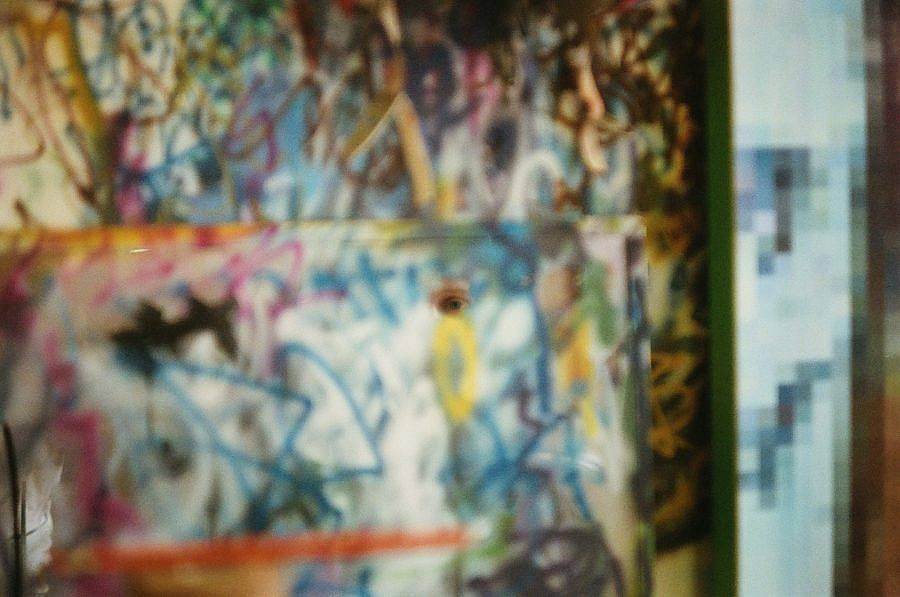
There have been some observations by modern internet historians on the way Gen Z/Gen Alpha uses social media in a more cutty way than generations previously: like less global void-shouting Facebook bot comment sections and instead more towards small community interests on Discord or something. And they’re a lot less serious. I’d prefer to see this trend mirrored with art. Like, less of an emphasis on Professional Artist Instagram™️ and more on just being normal… not as much pressure to follow the formula. Maybe these are imaginary boundaries I’m creating for myself, but I’d bet money I’m not the only person who feels this way. I think everyone’s a little tired of it all.
What do you collect?
Books, magazines, photo zines, graff zines. Lilypad magazine. And art sometimes. My room is full of my friends’ art. I have an awesome Andrew Barnes pet portrait of my dog Goose that I got for my girlfriend. I have a Ryan Camarillo photo in an Oxbow frame, next to a Jean Nagai print and a couple Hunter Ney cyanotypes. I have two ugly dolls. Actually, now that I’m thinking about it, I collect T-shirts too. Most of these are shirts made by friends as well. My favorite shirt that I got recently is either this one that says “1+1=3 Fuck The Cops” in green letters on a hot pink blank, or this tie-dye Warhol electric chair graphic that Sean Barton printed. Another honorable mention would be Jon Chan’s white gildan tee with a circle of Calvin’s infinitely peeing on each other’s heads. Having things and clutter actually gives me a ton of anxiety, but at least this stuff is cool.
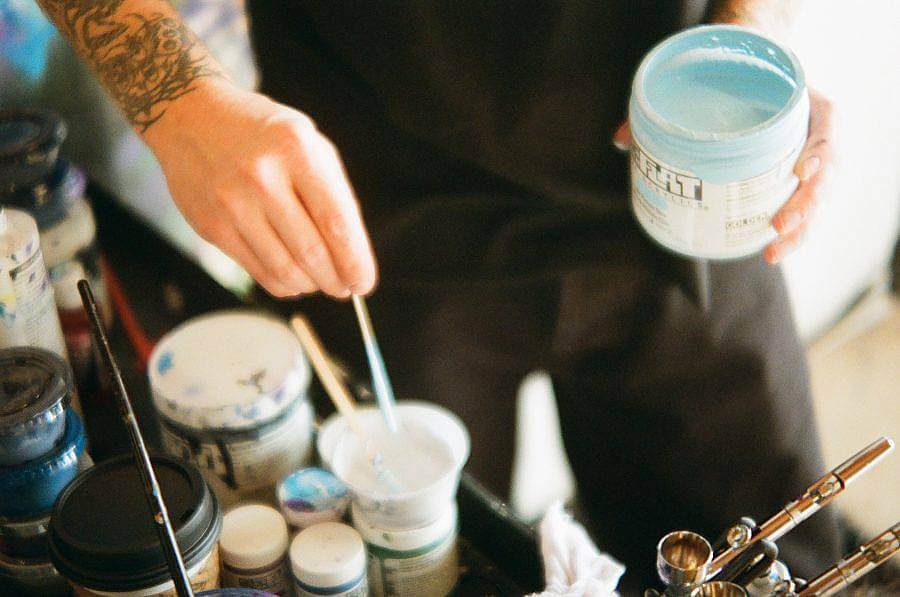
Do you have a dream project?
I honestly don’t know. I’d love to do a long-form WA coastal residency where I just get to be by the ocean and paint. I always say this to people but the closest thing I’ve ever had to a spiritual experience was at Rialto Beach. After my dad died I became kind of woo woo in a way that I think I’m okay with. Spending some time closer to that feeling might help produce some meaningful work.
Interviewed by Luca Lotruglio.
